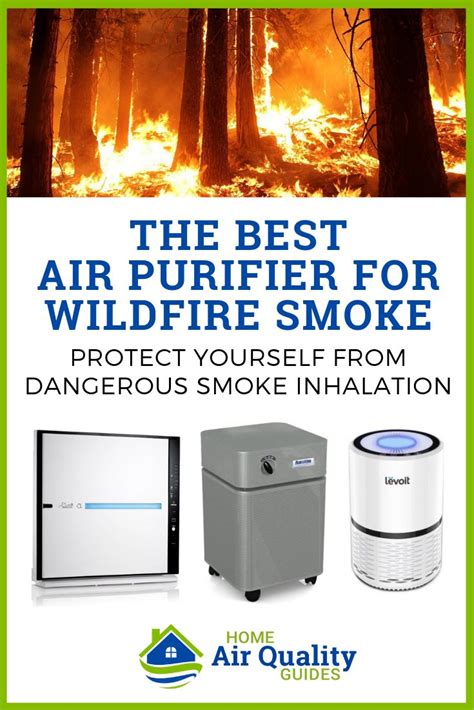Air Purifier Runtime During Wildfire Smoke: How Long Can You Run It?
Wildfires are becoming increasingly frequent and intense, blanketing communities in hazardous smoke. An air purifier becomes a vital tool during these events, but a crucial question arises: how long can you realistically run your air purifier during a wildfire smoke event? The answer isn't a simple number of hours, but rather a complex equation involving several factors. This guide will delve into those factors, helping you understand how to maximize your air purifier's effectiveness and runtime during smoky conditions.
How Long Can I Run My Air Purifier Continuously?
This is the most common question, and the answer depends heavily on your air purifier's model, its filter type (HEPA, activated carbon, etc.), and the intensity of the wildfire smoke. Most modern air purifiers are designed for continuous operation, but prolonged use can impact filter lifespan. While many can run 24/7 for several days, it's crucial to monitor the filter's condition and replace it according to the manufacturer's recommendations, especially during high-usage periods like wildfire events. Neglecting filter changes will reduce the purifier's effectiveness and could even damage the motor.
What Factors Affect Air Purifier Runtime During Wildfire Smoke?
Several key factors determine how long your air purifier will effectively combat wildfire smoke:
1. Air Purifier's CADR Rating:
The Clean Air Delivery Rate (CADR) is a crucial metric. A higher CADR number indicates the purifier's ability to clean a larger volume of air per minute. Purifiers with higher CADR ratings for smoke particles will generally offer longer effective runtime before filter saturation.
2. Room Size and Air Quality:
The size of the room you're trying to purify significantly impacts runtime. A larger room will require a more powerful purifier or longer runtime to achieve the same level of air cleanliness. The concentration of smoke particles also plays a major role. Heavy smoke requires longer runtimes and potentially a more powerful unit than light smoke.
3. Type and Condition of Filter:
HEPA filters are highly effective at trapping smoke particles, but their lifespan is limited. Activated carbon filters help absorb gases and odors associated with smoke. A clogged or degraded filter significantly reduces the purifier's performance and effective runtime. Regularly checking and changing filters is paramount.
4. Airflow and Placement:
Ensure proper airflow around your air purifier. Avoid placing it in a corner or against a wall, as this can restrict airflow and reduce its effectiveness.
How to Extend Your Air Purifier's Runtime During Wildfire Smoke
Several strategies can help you extend the effective runtime of your air purifier:
- Pre-filter cleaning: Regularly clean or replace the pre-filter (if your model has one) to prevent it from clogging and restricting airflow to the main HEPA filter.
- Strategic placement: Place your air purifier in the center of the room for optimal airflow circulation.
- Reduce outside air intake: Close windows and doors to minimize the entry of wildfire smoke.
- Multiple purifiers: Consider using multiple purifiers to cover larger spaces or rooms with high smoke concentrations.
- Monitor filter condition: Regularly check the filter's condition and replace it according to the manufacturer's recommendations.
What Happens If I Run My Air Purifier Too Long?
Running an air purifier with a clogged filter for an extended period can lead to several problems:
- Reduced effectiveness: The purifier will struggle to clean the air adequately.
- Motor damage: A clogged filter puts extra strain on the motor, potentially leading to premature failure.
- Increased energy consumption: A clogged filter forces the motor to work harder, leading to higher energy bills.
How Often Should I Replace My Air Purifier Filter During Wildfire Smoke?
The frequency of filter replacement depends on the intensity of the smoke and the air purifier's usage. During severe wildfire events, you may need to replace your filter more frequently than usual. Always follow the manufacturer's guidelines, but be prepared to replace them sooner if you notice a significant decrease in the purifier's performance.
By understanding these factors and employing effective strategies, you can maximize your air purifier's runtime and protect your health during wildfire smoke events. Remember, your air purifier is a valuable tool, but it's not a complete solution. Combining it with other safety measures, such as staying indoors and limiting outdoor activities, is crucial for protecting yourself from wildfire smoke hazards.

